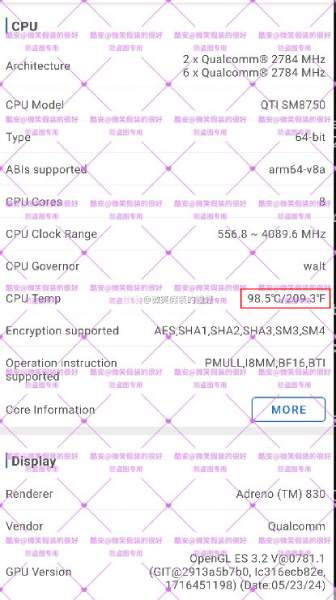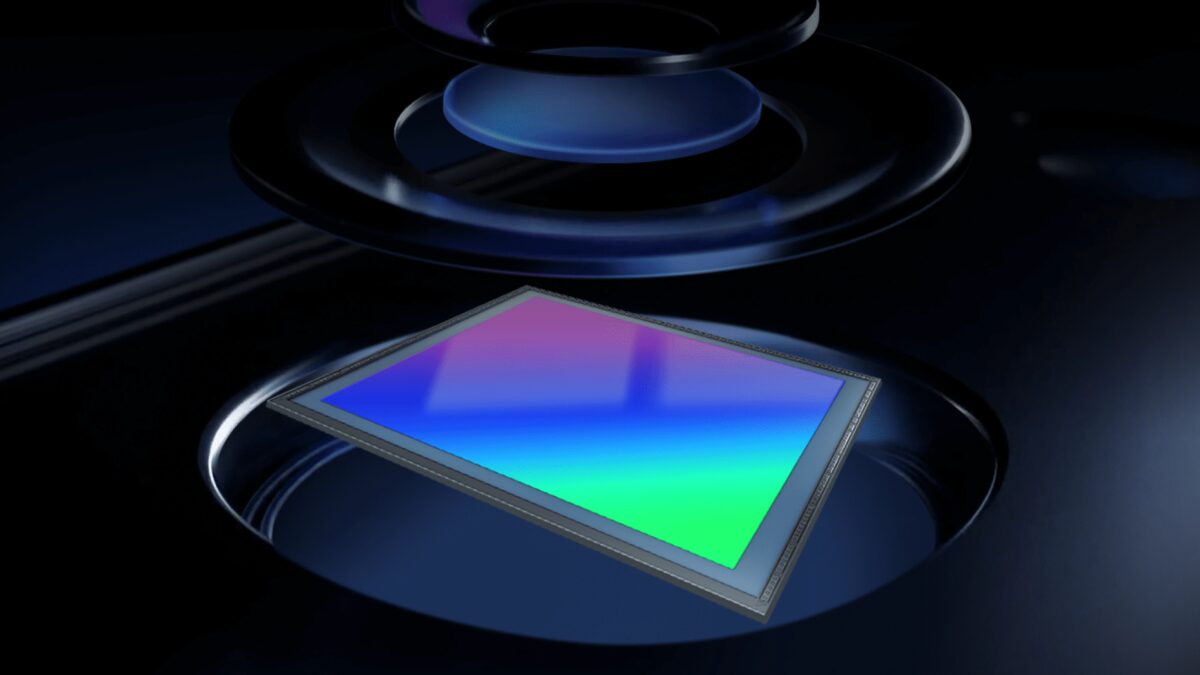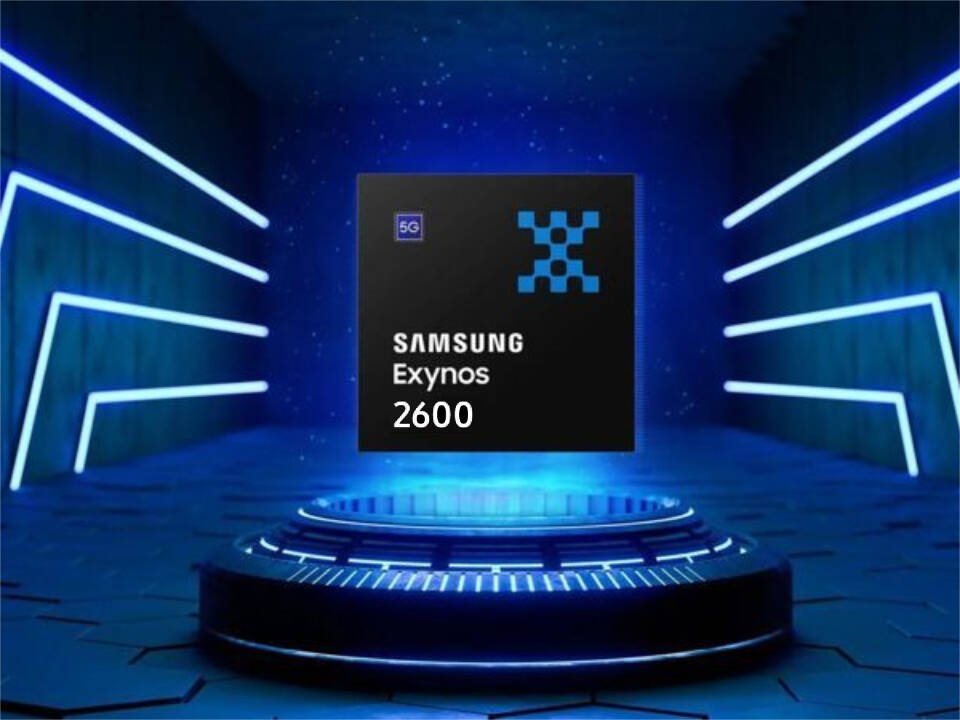The Snapdragon 8 Elite can heat up to 98.5°C even under normal use

After the official announcement of the MediaTek Dimensity 9400, attention is turning to Qualcomm’s upcoming flagship chip, the Snapdragon 8 Elite. This processor is expected to show impressive performance thanks to its powerful cores running at over 4GHz. However, this high performance may come with heat dissipation and battery life issues.
Snapdragon 8 Elite is expected to deliver impressive performance with its powerful cores running at over 4GHz.
In recent weeks, benchmarks of three versions of the Snapdragon 8 Elite have surfaced. The standard version, according to the leaks, has a base frequency of 2.78GHz with a peak of 4.09GHz. Samsung is also testing two higher frequency versions for the upcoming Galaxy S25 series – clocked at 2.90GHz/4.19GHz and 3.53GHz/4.47GHz. That’s already comparable to the performance of desktop processors!
Heat and power consumption issues
The latest leaks show, however, that such high performance may not only be an advantage, but also a problem. Even the standard version of the Snapdragon 8 Elite is reportedly experiencing difficulties with heat dissipation and power efficiency.
Snapdragon 8 Elite is also reported to have problems with heat dissipation and power efficiency.
The chip can draw more than 20W of power and heat up to a staggering 98.5°C (209.5°F) in normal use. According to insiders, not even trotting systems can significantly reduce power consumption or heat. What’s particularly troubling is that the leak concerns the “official” version of the chip, even though it was tested as recently as three months ago.
An insider says that the leak is about the “official” version of the chip, even though it was tested as recently as three months ago.
Perspective Improvements
The Snapdragon 8 Elite’s high power consumption may explain why smartphones with the chip are expected to feature batteries with capacities of more than 6,000mAh. However, there is hope that Qualcomm has been able to optimize the processor and reduce heat dissipation in recent months. All the issues are expected to be resolved before the chip’s official release, which is expected to take place as early as this month.
All the issues are expected to be resolved before the chip’s official release.









